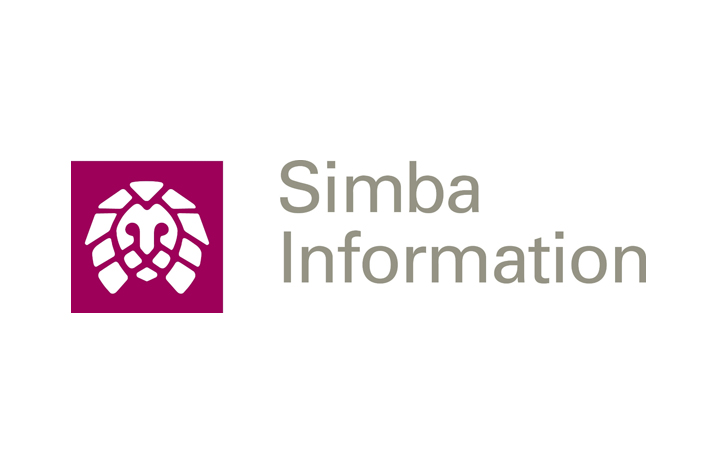
The number of open access (OA) research articles published annually is growing at double the rate of the complete spectrum of research articles — this according to the most recent report from media and publishing intelligence firm Simba Information.
The report, Open Access Journal Publishing 2016-2020, found that open access already represents about a third of all research articles published when articles completing their embargo periods are included.
Open access is the online digital delivery of scholarly research free of charge and without most copyright and licensing restrictions. The term was only coined a dozen years ago and the concept continues to be the subject of fierce debate about how free is free (costs) and how open is open (copyrights). Some articles are freely accessible right away because they are published in an open journal or because a fee has been paid to make it accessible. Other articles are made available after an embargo period, usually six months, has passed.
Open access revenue generated by article processing charges (APCs) is also growing fast, but it’s a relatively small revenue stream for scholarly journal publishers. OA sales revenue only represents 3.2% of global 2015 STM journal sales. But that business segment is a bright spot in what is otherwise a flat market for academic journal sales.
The influence of OA is felt even more strongly in the number of OA articles published. The Directory of Open Access Journals lists nearly 2.3 million OA articles. Simba estimates this number will continue to grow and will top 3 million by 2020.
“The open access evolution is in full swing,” said Dan Strempel, senior analyst business and professional group at Simba Information. “This rate of growth will put a lot of pressure on the prevailing subscription model in the coming years. Publishers who are confident of their OA pricing and costs may increasingly choose to convert established subscription journals to an open access model.”
OA is still a young idea without the centuries of evolution of the traditional subscription and peer review methods. It took years for the online journal charging mechanisms to settle into a few discrete business models and open access still has its critics. Fundamental to the debate is the innate conflict of interest the paid gold model offers: the more that is published, the more money to be made. This creates a strong temptation to lower standards and accept anything.
Open Access Journal Publishing 2016-2020 provides detailed market information for this segment of scholarly journal publishing. It analyzes trends impacting the industry and forecasts market growth to 2020. The report includes an in-depth review of 10 leading OA publishers, including Springer Nature (including Biomed Central), PLOS, Hindawi, John Wiley & Sons, Elsevier, Frontiers, Wolters Kluwer Medknow and others. For more information on the report visit:http://www.simbainformation.com/Open-Access-Journal-10338054/.
Please link any media or news references to our reports or data to: www.simbainformation.com.



























